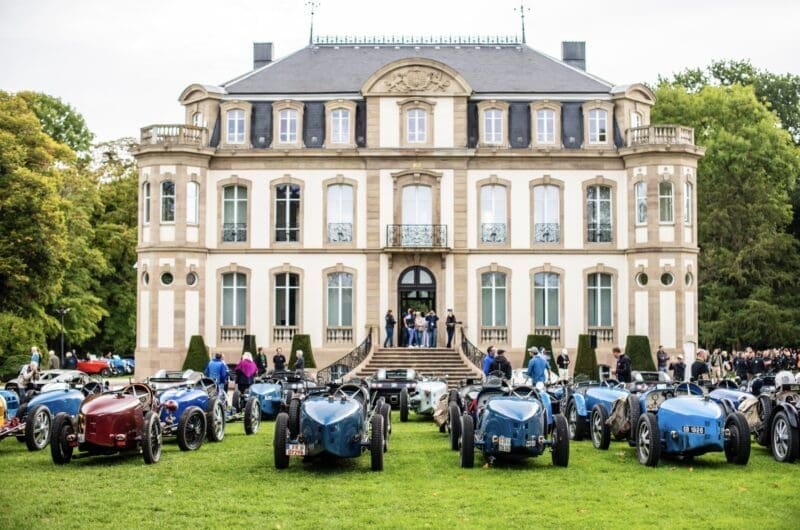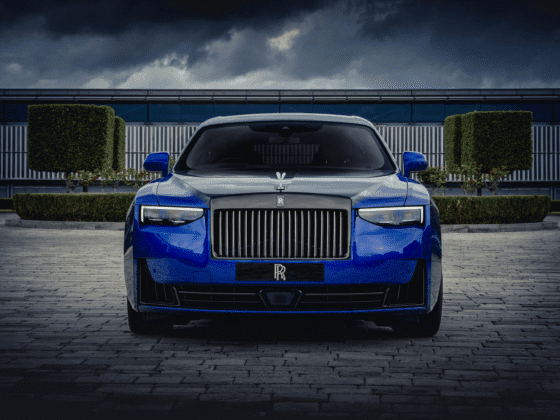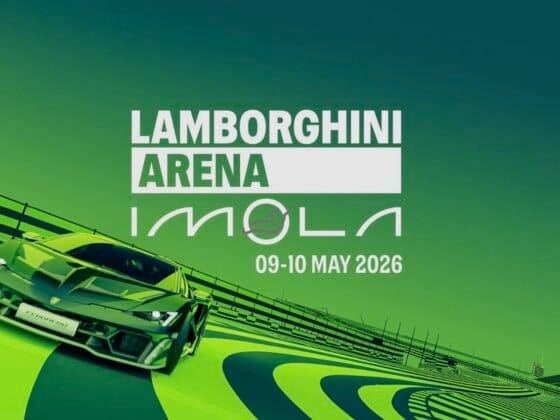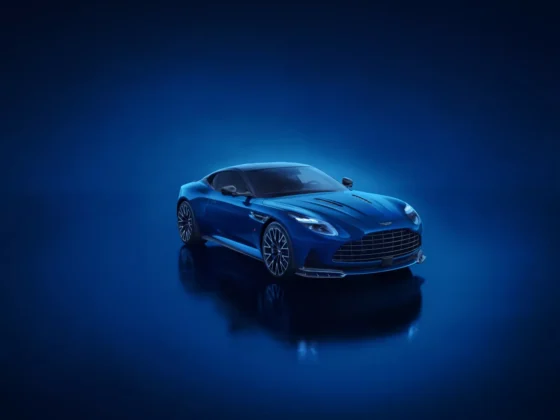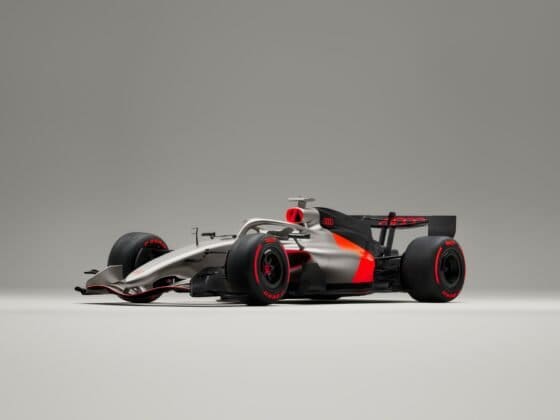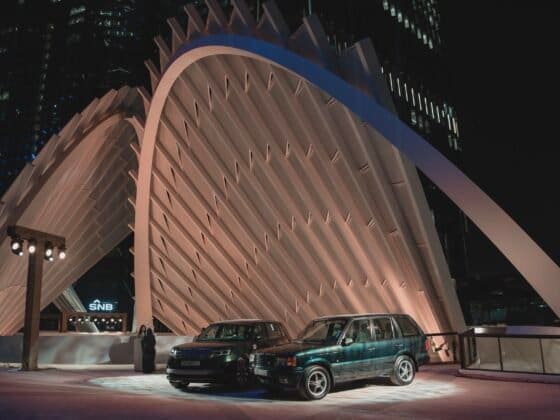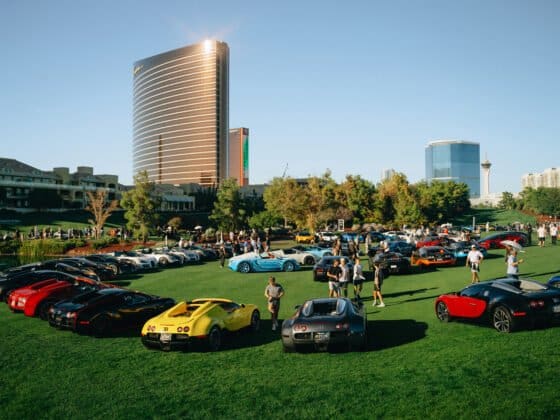In Molsheim, the birthplace of Ettore Bugatti, the cobbled streets and historic landmarks came alive in a celebration that intertwined heritage, artistry, and innovation. This year’s Bugatti Festival marked not only the 116th year of the marque’s extraordinary journey but also two decades of the Veyron—a car that transformed the world’s understanding of performance and elegance, and in doing so, became the first true hypercar.
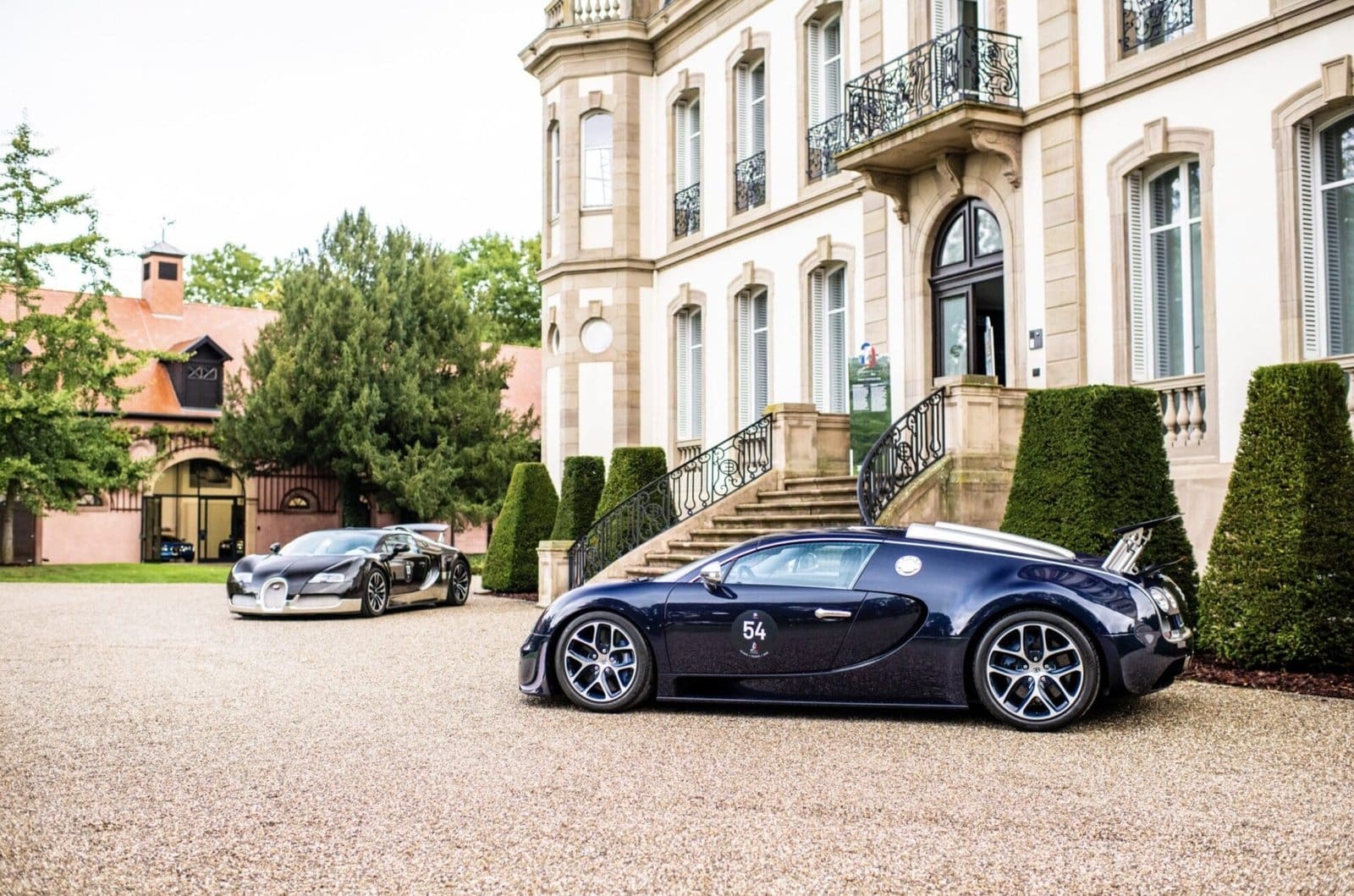
Over the course of a weekend, Veyron owners from around the world gathered for Le Petit Tour, a tribute to the legend that continues to define modern automotive culture. Arriving at their retreat in the Alsatian countryside, guests began with a warm evening of fine dining and shared stories, where the spirit of camaraderie and passion for the Veyron was woven through conversations as rich as the region’s cuisine.
At dawn, engines ignited and the iconic silhouettes of the Veyron cut across the sweeping roads of Alsace, embarking on a loop through the Vosges mountains. With every turn through rolling hills and verdant forests, the Veyron’s presence revealed itself as both a feat of engineering and a work of art in motion. The journey led to the Château de Haut Barr—known as the “Eye of Alsace”—where a luncheon against the backdrop of 12th-century walls celebrated the deep cultural roots of the region that continues to inspire Bugatti.

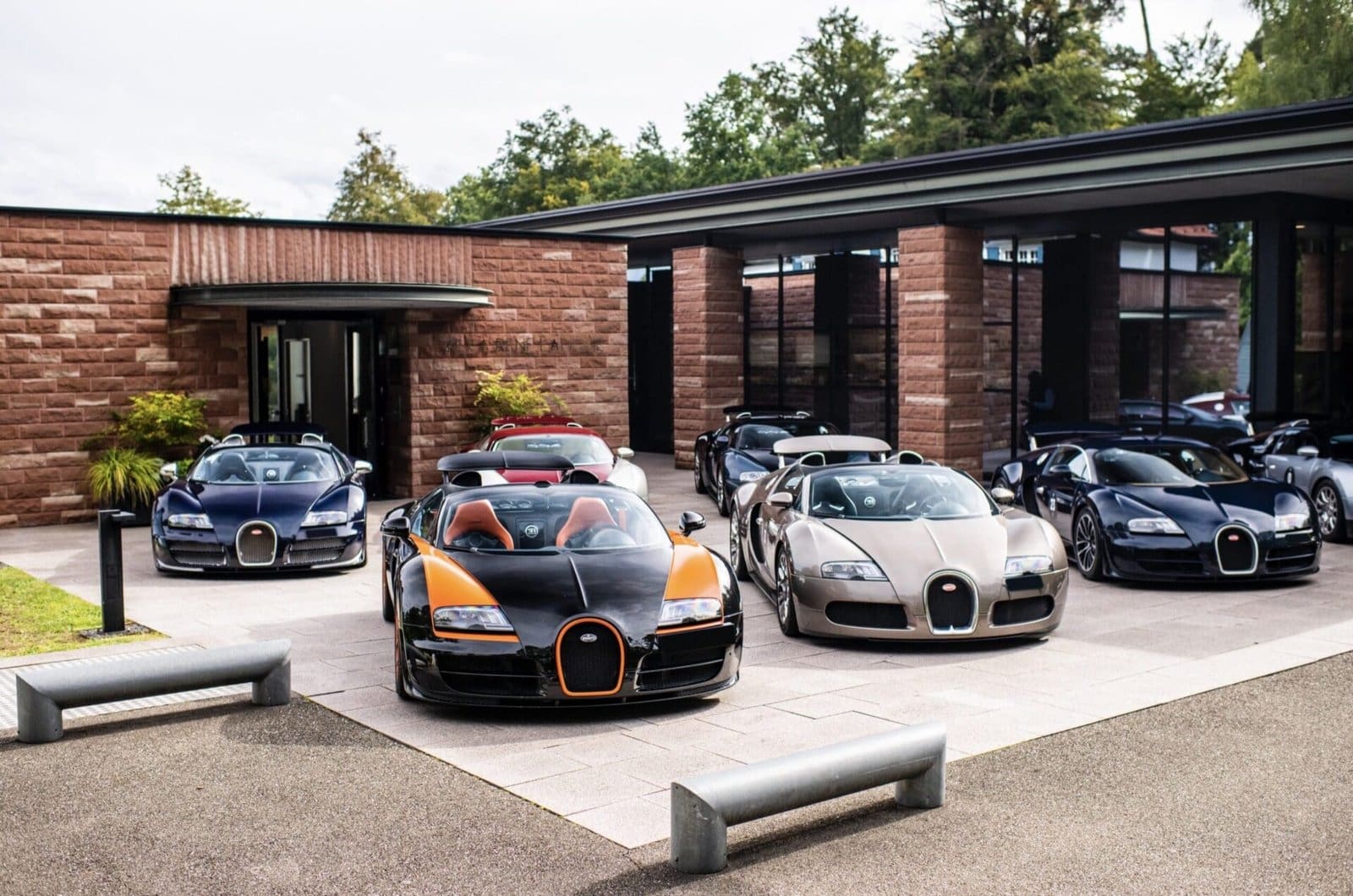
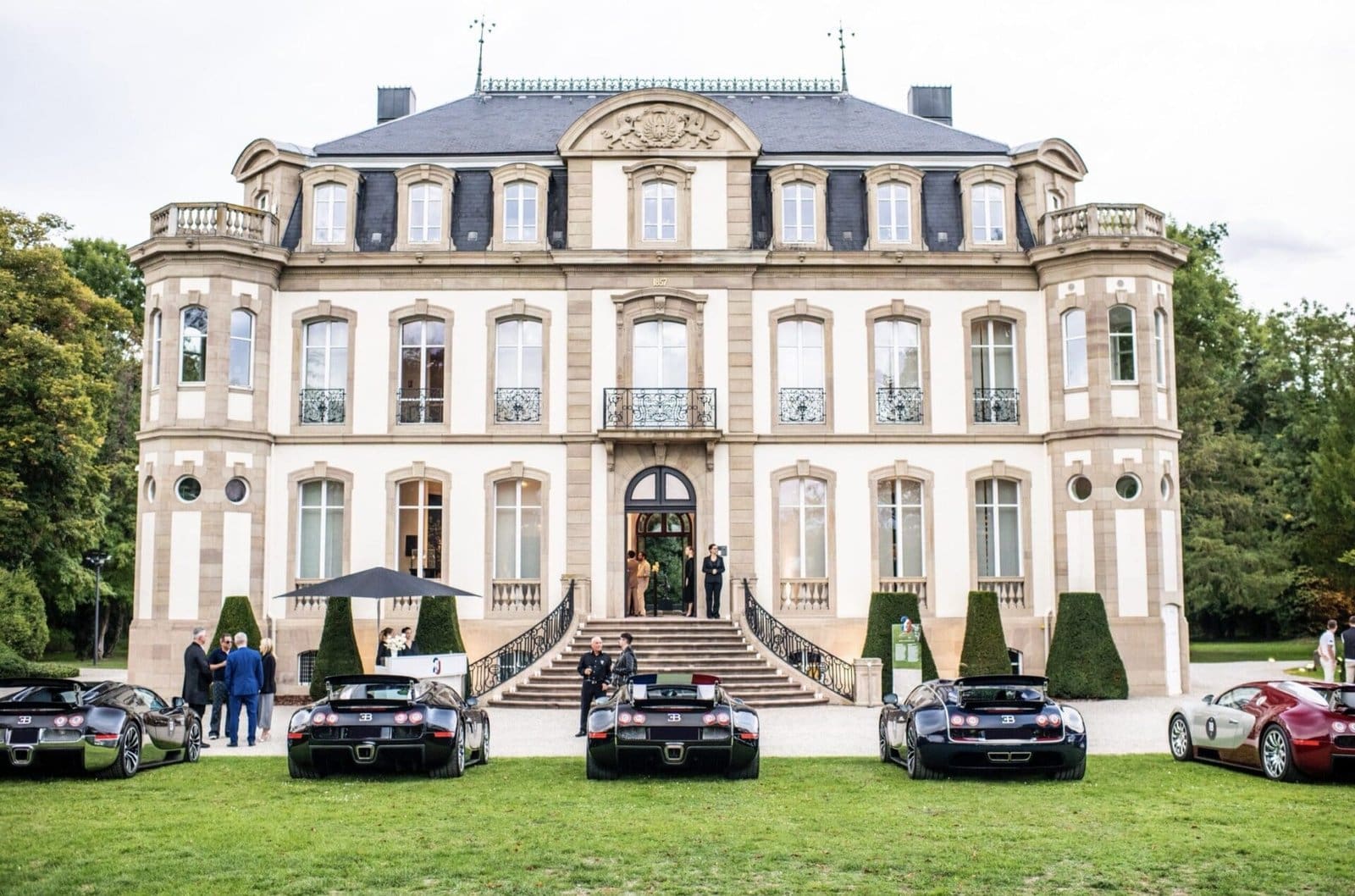
In the afternoon, the convoy pressed further through lush routes toward Villa René Lalique, a jewel of French design heritage and a symbol of the shared values between Bugatti and the Lalique legacy: craftsmanship, creativity, and timeless beauty. Here, crystal and engineering met in a dialogue that underscored the enduring allure of the Veyron, a car that transcends performance to embody art itself.
As evening fell, Château Saint Jean—the spiritual home of Bugatti—welcomed guests for a night of elegance and artistry. A banquet in the Orangerie, framed by opera performances from the Opéra National du Rhin, paid tribute to Prof. Dr. Ferdinand Karl Piëch’s vision of creating an automobile as capable of storming down the autobahn as it was of arriving at the opera house in style. In this harmony of engineering and culture, the Veyron’s legacy was honored not only as a mechanical masterpiece but as a cultural icon.
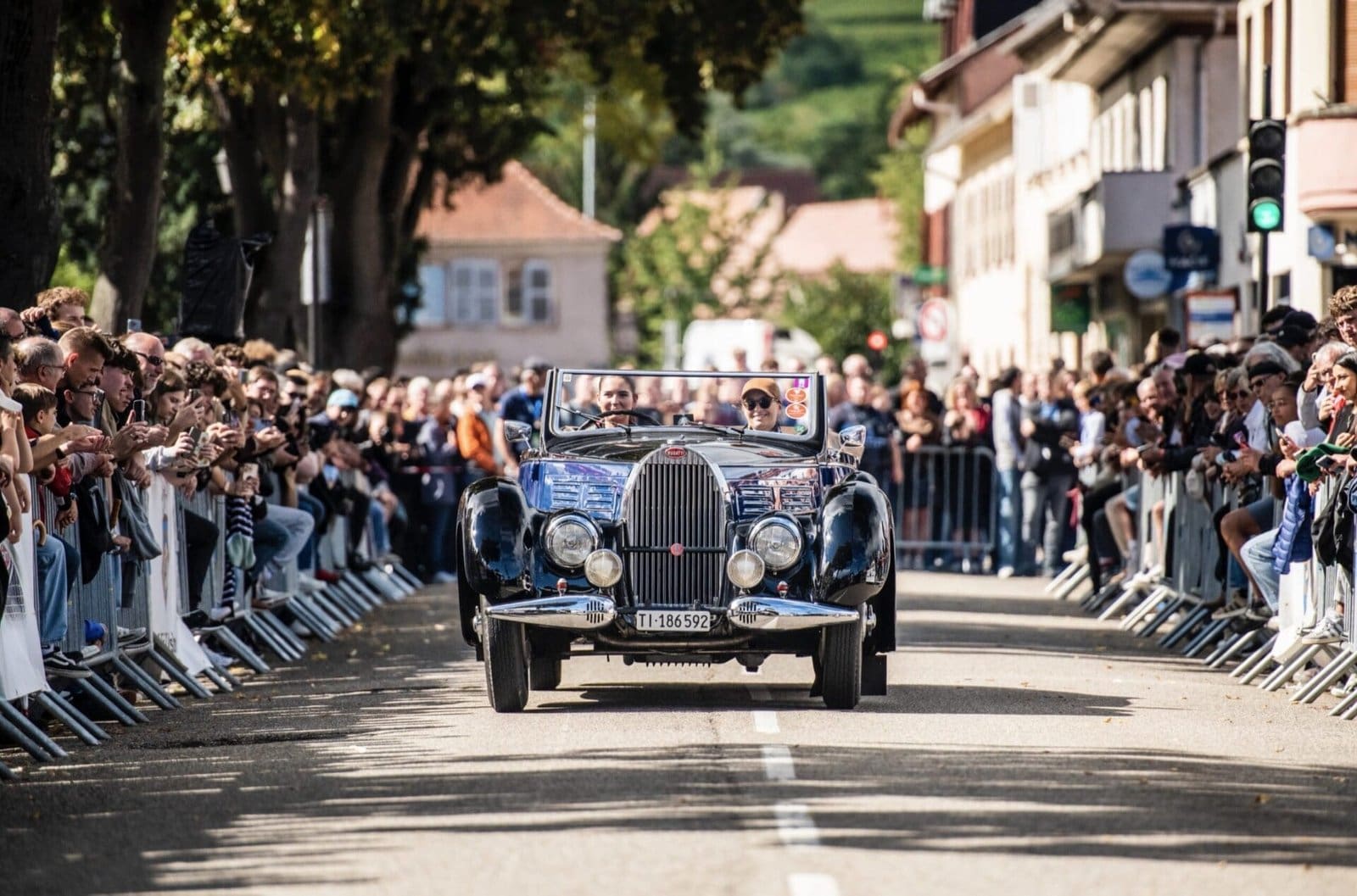
The following day, the Bugatti Festival filled the town of Molsheim with the unmistakable notes of Bugatti engines reverberating across its historic center. A parade brought together enthusiasts, owners, and locals in a spectacle of heritage and innovation, celebrating a marque whose DNA remains rooted in pushing boundaries while preserving beauty. For the Veyron, twenty years on, the anniversary was not a reflection of the past alone but a reaffirmation of its place in history as the car that redefined the possible.

